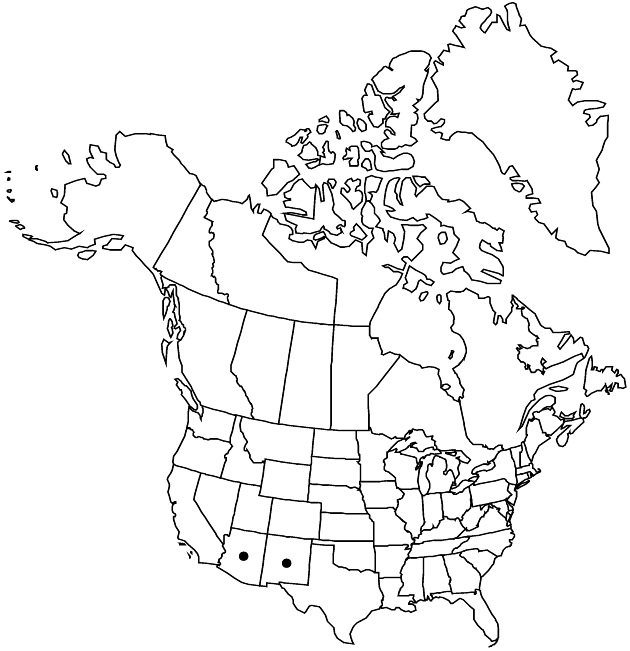Difference between revisions of "Townsendia formosa"
Leafl. Bot. Observ. Crit. 1: 213. 1906.
FNA>Volume Importer |
imported>Volume Importer |
||
| (6 intermediate revisions by 2 users not shown) | |||
| Line 31: | Line 31: | ||
-->{{#Taxon: | -->{{#Taxon: | ||
name=Townsendia formosa | name=Townsendia formosa | ||
| − | |||
|authority=Greene | |authority=Greene | ||
|rank=species | |rank=species | ||
| Line 46: | Line 45: | ||
|publication year=1906 | |publication year=1906 | ||
|special status= | |special status= | ||
| − | |source xml=https:// | + | |source xml=https://bitbucket.org/aafc-mbb/fna-data-curation/src/2e0870ddd59836b60bcf96646a41e87ea5a5943a/coarse_grained_fna_xml/V19-20-21/V20_430.xml |
|tribe=Asteraceae tribe Astereae | |tribe=Asteraceae tribe Astereae | ||
|genus=Townsendia | |genus=Townsendia | ||
Latest revision as of 20:03, 5 November 2020
Biennials or perennials, 10–35(–75+) cm (usually rhizomatous and/or stoloniferous). Stems erect; internodes (5–)10–15(–35) mm, strigillose. Leaves basal and cauline, blades spatulate to oblanceolate or lance-linear, 15–45(–75+) × 2–10(–20) mm, not fleshy (margins strigoso-ciliolate), glabrous or glabrate. Heads at tips of stems (seldom surpassed by leaves). Involucres ± hemispheric or broader, 12–18+ mm diam. Phyllaries 30–45 in 4–6+ series, the longer obovate to lance-ovate or lanceolate, 10–12(–14) mm (l/w = 3–5), apices obtuse to acute (some or all hard, ± apiculate), abaxial faces sparsely strigillose or glabrous. Ray florets 20–34+; corollas usually white or pinkish adaxially (abaxially blue to lavender), laminae 10–15(–25+) mm, glabrous abaxially. Disc florets 80–150+; corollas 4 mm. Cypselae 3–4(–5) mm, faces glabrous or ± stipitate-glandular, hair tips not forked or glochidiform; pappi persistent, each a bidentate corona 0.1–0.4(–0.8) mm. 2n = 18.
Phenology: Flowering Jul–Aug(–Sep).
Habitat: Meadows, yellow-pine forests
Elevation: 2400–2600 m
Discussion
Selected References
None.
